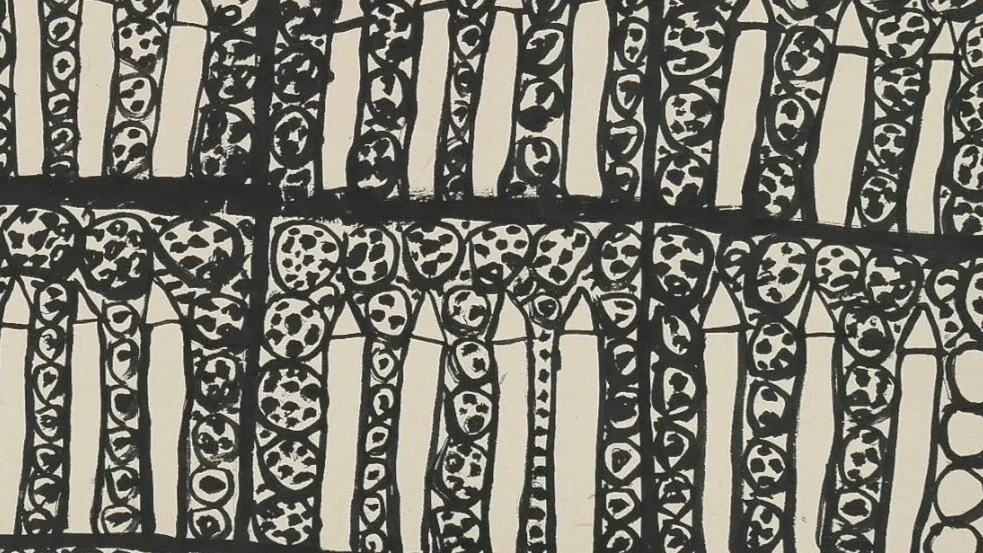As time has passed I have learnt more and more about the philosophy of Shobu. Even with my limited knowledge, it's clear this is a unique place that prioritises instinctive creative spirit over the intellect. There is so much life here that flourishes beyond the boundaries of the ego. Societal pressures that sculpt us over time and encourage us engage with the world in a dishonest and self-conscious manner have no room here at Shobu Gakuen.
My lack of language ability has allowed me to build relationships in different ways. As I remain one step removed, my relationships with Shobu members are simple and honest, and often initiated and lead by them. At times less is more, and I am able to use facial expressions and gestures to great effect.
I am dedicated to enacting intentional communication, meaning that I give each interaction the same energy and focus.
There are many different types of art works being made at Shobu. From a production perspective, some of the most structured processes are observed in autistic individuals. There appears to be two common approaches - 'controlled chaos' or 'controlled order', with both featuring a high level of repetition.
From what first appears to be chaotic or random emerges a system with clear rules, which are repeated daily with the same vigour, enthusiasm and excitement as if it were the very first time. Often using similar or near identical motifs or patterns, these artists work tirelessly as if searching for ultimate truth of expression.
The more ordered approach often consists of symmetrical patterns or lines of motifs or text. These artists keep neat work spaces and use materials that are easy to control such as pen, pencil or occasionally paint.
The final product is not the goal. Living in the moment in the truest sense, great satisfaction comes from the process of creation and its through this that they are able to transcend notions of success or failure. Each mark is a moment fully experienced and what happens to the work once it is complete is of little to no consequence.
For some, keeping the works forms part of the process. One studio member, for example, is protective of his creations and takes great care of his artworks, they are stored in boxes and regularly re organised. If asked to produce work for a specific purpose, he is happy to give the final product up, so long as it is made clear from the beginning that work is needed elsewhere. The attachment he has to his work is flexible and based on staff managing his expectations.
It's important to maintain a consistent environment for Shobu members. Changes can be introduced, but this must happen slowly and with plenty of warning. Structure and reliability provide comfort and reassurance, nurturing an environment that allows for total creative freedom.
All artists working in washi show the same high levels of energy and focus when they are fully engrossed in their work. During these times the quality of the concentrated silence found in the studio is difficult to describe. It's like a stillness that hides below it the buzzing of minds and the whirling of pens, pencils, paper and paint. It feels like each member of the studio is on a quest to discover the purest form of visual language.
The immediacy with which these artists work is mesmerising. With close to zero hesitation, works are created at speed. It's very inspiring to watch and I hope some of these qualities will find there way into my working practice.

